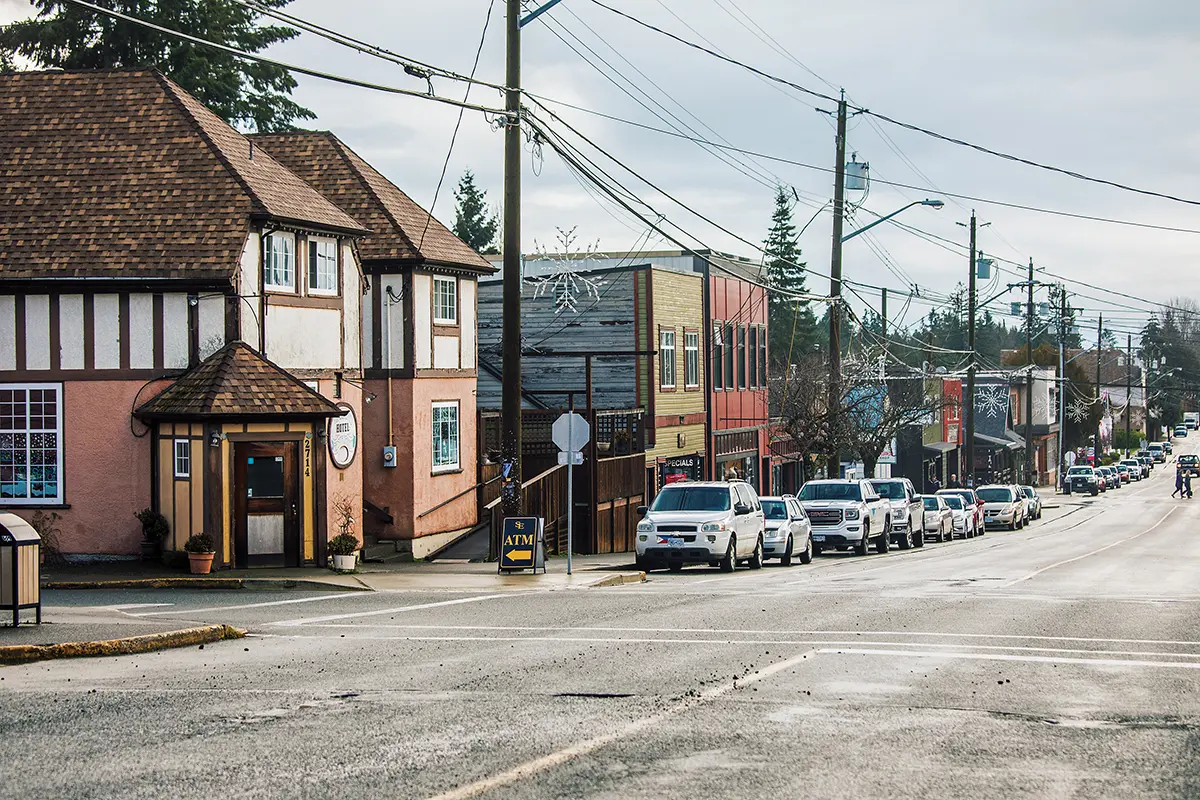After success with the VENUS and NEPTUNE underwater observatories off Vancouver Island, UVic’s Ocean Networks Canada has built a new underwater observatory in the Canadian Arctic. This scaled-down version of the larger observatories is now streaming continuous data from the Arctic seafloor. In spite of its smaller size, the mini-observatory represents the first year-round cabled undersea monitoring system of a northern environment.
The observatory is located in the community of Cambridge Bay and consists of an above-ground weather station as well as a collection of underwater instruments. The instruments include an underwater camera, a device that measures ice thickness and sensors that record physical properties of the water such as temperature and salinity. The information collected is freely available on the Internet.
Compared to the larger VENUS and NEPTUNE projects, which have hundreds of sensors and are supported by hundreds of kilometres of cable, the project in Cambridge Bay is a mini-observatory with fewer than 10 sensors and only a few metres of cable, explained Kim Juniper, associate director of science for NEPTUNE Canada, in an email interview.
Cambridge Bay is a hamlet in Nunavut, roughly 1 900 kilometres directly north of Saskatoon, Saskatchewan. Its population is approximately 1 500.
“Cambridge Bay was selected for this observatory pilot study because it has been designated as the location for the Canadian High Arctic Research Station [CHARS], scheduled to open in 2017,” wrote Juniper. CHARS will be a Canadian research facility devoted to the study of Arctic land and marine environments.
After approval by the Nunavut Research Institute, the mini-observatory was installed in September 2012.
“The main challenges to the installation of the observatory in Cambridge Bay were the remoteness of the area, the absence of the usual support facilities and finding a way for real-time transmission of data back to southern Canada from the underwater sensors,” wrote Juniper.
“This specially designed, scaled-down version of our seafloor networks off the coast of Vancouver Island will support longer-term science-based understanding of the dramatic changes taking place in Arctic waters . . . these changes include the historic receding of the northern sea ice and its impact on marine ecosystems,” said Juniper when introducing the observatory at the annual Arctic Net conference held in December in Vancouver.
In the shorter term, the data generated by the observatory will be used for a variety of research and educational purposes.
“A PhD student at Laval University in Quebec City is using data from the Cambridge Bay observatory to test a computer model of ice growth in the nearby Amundsen Gulf,” wrote Juniper.
Another laboratory at the University of Quebec at Rimouski will use the imagery from the underwater camera to study the organisms, such as various species of worms and shrimp, that inhabit the bay to understand how local organisms respond to variations in their environment related to sea ice breakup.
In the coming months, Ocean Networks Canada will work with researchers who study the Arctic to help them make use of the data collected by the observatory. The organization also plans to work with Cambridge Bay schools to develop educational programs that incorporate the observatory and inspire young scientists.








